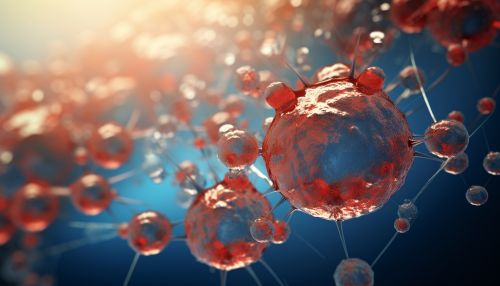Induced Pluripotent Stem Cells in Regenerative Medicine
Introduction
Induced pluripotent stem cells (iPSCs) are a type of stem cell that can be generated directly from adult cells. The iPSC technology was pioneered by Shinya Yamanaka’s lab in Kyoto, Japan, who showed in 2006 that the introduction of four specific genes encoding transcription factors could convert adult cells into pluripotent stem cells[1]. He was awarded the 2012 Nobel Prize along with Sir John B. Gurdon "for the discovery that mature cells can be reprogrammed to become pluripotent."


Generation of iPSCs
The generation of iPSCs involves the introduction of products of specific sets of pluripotency-associated genes into a given cell type. The original set of reprogramming factors (also dubbed Yamanaka factors) are the transcription factors Oct4, Sox2, cMyc, and Klf4. While these factors are commonly used, they are not the only factors that can induce pluripotency. For example, Nanog and Lin28 have been used to generate iPSCs and are thought to make reprogramming more efficient.
Characteristics of iPSCs
iPSCs are identical to natural pluripotent stem cells, such as embryonic stem (ES) cells, in many respects, such as the expression of certain stem cell genes and proteins, chromatin methylation patterns, doubling time, embryoid body formation, teratoma formation, viable chimera formation, potency and differentiability, but the full extent of their sameness remains uncertain. iPSCs can be derived from adult somatic cells, thus bypassing the need for embryos in the creation of pluripotent cells, and in a patient-specific manner, which allows for autologous transplantation.
Applications in Regenerative Medicine
The advent of iPSC technology has brought with it new potential for regenerative medicine, as it allows for the possibility of personalized medicine through the use of patient-specific iPSCs. This means that, in theory, any cell within the body can be replaced with a new, healthy cell derived from iPSCs. This has potential for the treatment of a wide range of diseases, including Parkinson's disease, diabetes, heart disease, and spinal cord injuries. However, much work remains to be done before iPSC-based treatments can be widely applied in a clinical setting.
Challenges and Future Directions
While the potential of iPSC technology is vast, there are several challenges that must be addressed before it can be applied in a clinical setting. These include issues related to the efficiency and speed of reprogramming, the stability of the cells, the potential for tumor formation, and the potential for an immune response. Furthermore, there are ethical issues related to the use of iPSCs that must be considered. Despite these challenges, the field of iPSC research is rapidly advancing, and it is likely that many of these issues will be resolved in the coming years.
